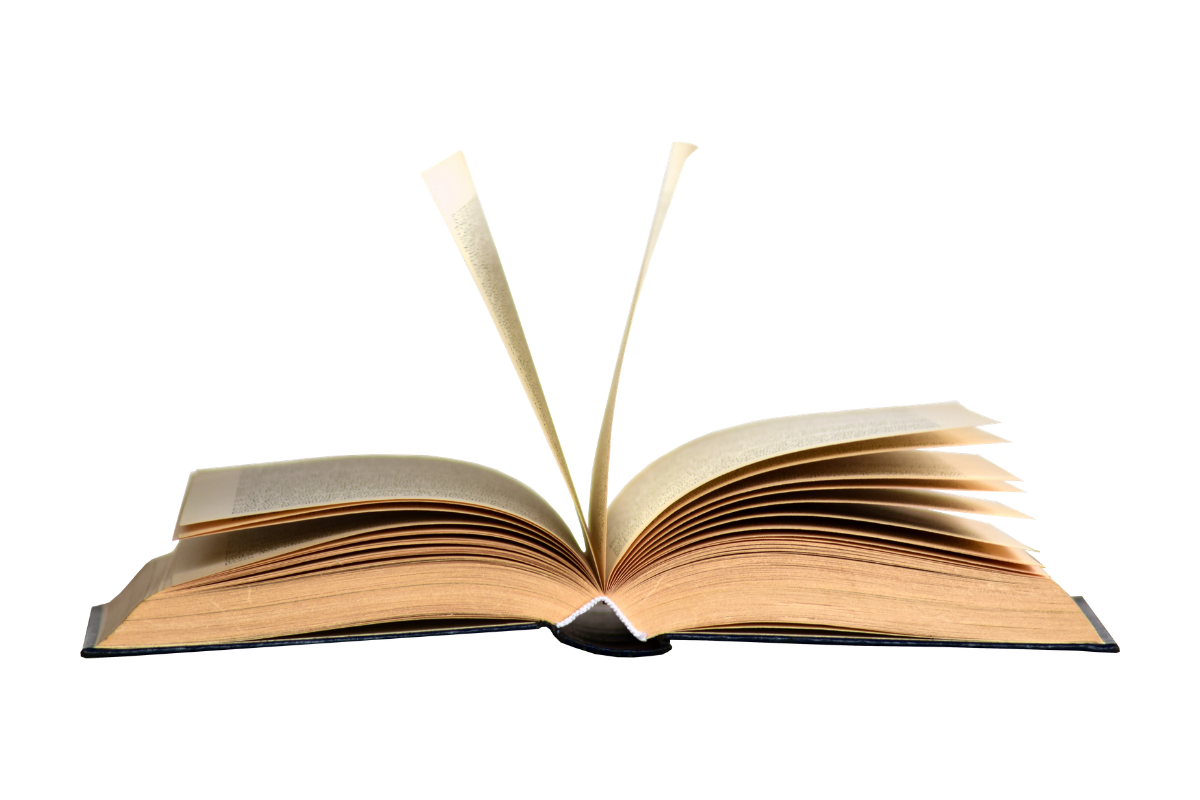
If you’re a fan of literature, then you’ve probably come across J.D. Salinger’s ‘The Catcher in the Rye’ at some point. The book has been a staple in high school curriculums for decades, and has become a classic piece of literature that has garnered a lot of attention over the years. But what makes this book so special? Why has it resonated with so many people, and why is it still relevant today? In this article, we’ll take a deep dive into the hidden meanings within the book, and explore what makes it such a timeless piece of literature.
The Story
First published in 1951, ‘The Catcher in the Rye’ is a coming-of-age novel that follows the story of Holden Caulfield, a young man who has just been expelled from his prep school. The novel is set over a period of three days, and we follow Holden as he wanders the streets of New York City, contemplating life and trying to figure out his place in the world.
The book is written in the first person, which gives readers an intimate look into Holden’s thoughts and feelings. He’s a complex character, and we see him struggle with a range of emotions throughout the book, from anger and frustration to loneliness and despair.
The Themes
One of the most prominent themes in ‘The Catcher in the Rye’ is the idea of innocence versus experience. Holden is on the cusp of adulthood, and he’s struggling to come to terms with the fact that he’s no longer a child. He’s disillusioned with the world around him, and he longs for a simpler time when things were easier and he didn’t have to worry about the complexities of adult life.
Another theme that runs throughout the book is the idea of identity. Holden is trying to figure out who he is and what he wants to do with his life. He’s searching for meaning and purpose, but he’s not sure where to find it. This is a theme that many people can relate to, especially teenagers who are trying to navigate their way through the confusing and often daunting world of adolescence.
The Symbolism
One of the things that makes ‘The Catcher in the Rye’ such a rich and complex book is the use of symbolism. Salinger uses a range of symbols throughout the book to represent different themes and ideas.
One of the most significant symbols in the book is the title itself. Holden mishears a line from a Robert Burns poem, and thinks that the line is “if a body catch a body coming through the rye”. He imagines a world where he is the catcher in the rye, saving children from falling off a cliff and losing their innocence. This symbolizes Holden’s desire to protect innocence and preserve the simplicity of childhood.
Another symbol that runs throughout the book is the image of the ducks in Central Park. Holden is fascinated by the ducks, and he spends a lot of time pondering where they go in the winter when the pond freezes over. The ducks represent Holden’s fear of change and his desire to hold onto the past.
The Relevance Today
‘The Catcher in the Rye’ was written over 70 years ago, but it’s still relevant today. The themes and ideas that Salinger explores in the book are timeless, and they continue to resonate with readers of all ages.
The idea of innocence versus experience is still a topic that is relevant today, as is the struggle to find meaning and purpose in life. The book also deals with issues such as mental health and the pressures of modern society, which are issues that are still very much a part of our lives today.
Conclusion
In conclusion, ‘The Catcher in the Rye’ is a timeless piece of literature that continues to captivate readers around the world. Through the use of complex characters, powerful themes, and rich symbolism, Salinger creates a world that is both relatable and thought-provoking. If you haven’t read the book yet, we highly recommend that you do. You won’t be disappointed.



